Time

The Nature and Kinds of Time
In physics, time is a measurable dimension of the spacetime continuum — the ordered sequence of events that defines when something occurs relative to where. In Einstein’s relativity, time is not absolute but depends on the observer’s velocity and the strength of gravitational fields, establishing it as a physical coordinate that can stretch, contract, or dilate.
From a systems-engineering perspective, time can be modeled as a governing variable that synchronizes dynamic subsystems. Each subsystem (mechanical, biological, informational) operates according to its proper time — its own clock rate as measured along its worldline in spacetime. The relationships between these rates define coordination, latency, and causality within the larger system (the universe).
Modern physics recognizes several distinct forms of time:
Coordinate Time – the reference clock of a chosen reference frame (e.g., GPS system time).
Proper Time – the elapsed time measured by a moving or gravitationally bound observer; experimentally verified to differ under relativity.
Thermodynamic Time – defined by entropy’s increase; gives direction to physical processes (the “arrow of time”).
Psychological Time – the emergent human perception of duration and flow, likely linked to neural information processing.
Quantum or Emergent Time – in quantum-gravity and information-theoretic models, time may arise from correlations or state changes rather than existing fundamentally.
Empirical evidence — atomic-clock experiments, gravitational time dilation, and relativistic particle lifetimes — confirms that time is a dynamic property of the physical universe, not merely an artifact of measurement. In systems terms, time is both a parameter for state evolution and a constraint coupling that maintains causal coherence across all interacting components of reality.
Classical Time — The Clockwork Era
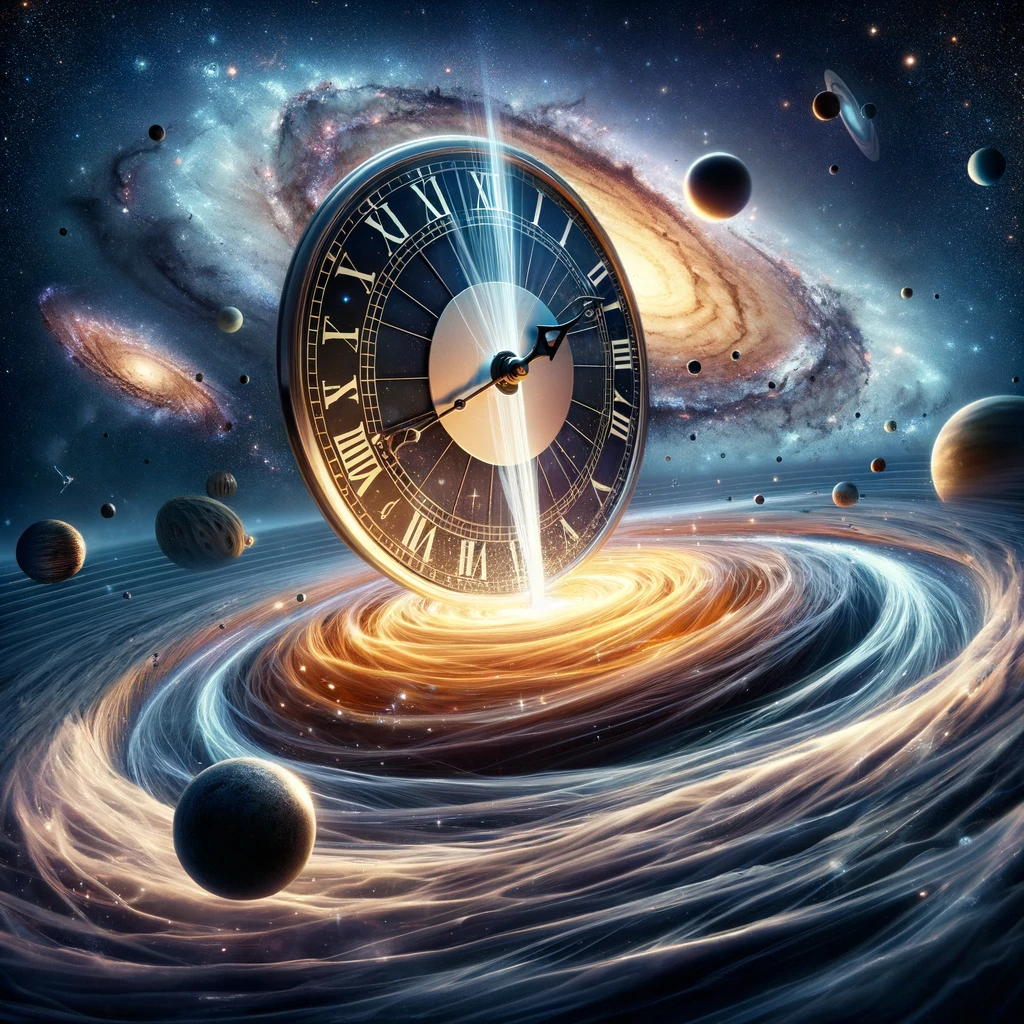
In classical mechanics, time was modeled as a linear, invariant parameter governing system evolution.
It functioned as an absolute and independent variable, unaffected by mass, energy, or motion — a constant rate of progression applied uniformly across all subsystems.
Under Newtonian mechanics, space and time were orthogonal, static reference frames:
Space: an infinite, homogeneous container for matter.
Time: a uniform, external metronome measuring change.
This deterministic construct produced a universe behaving like a closed, clockwork system, predictable given sufficient knowledge of initial conditions. Temporal measurement was thus equivalent to mechanical precision — regular, reversible, and devoid of relativistic coupling effects.
Relativistic Time — The Geometric Curved Continuum
Einstein’s General and Special Relativity replaced the absolute time model with a geometric, four-dimensional spacetime manifold in which time and space are interdependent variables.
In this construct:
Mass-energy curves spacetime geometry.
Proper time (τ) is the locally measured time along a specific worldline.
Coordinate time (t) varies with relative velocity and gravitational potential.
Temporal behavior is now system-dependent: each observer experiences a unique rate of change, dictated by their position and motion within the curved manifold.
Time ceases to be a universal reference and becomes a local property of spacetime topology — an emergent function of geometry and dynamics.
From a systems-engineering standpoint, the universe transitions from a synchronized deterministic system to a distributed, relativistic network, where each node (observer) operates on its own internal timing signal while maintaining global causal coherence.
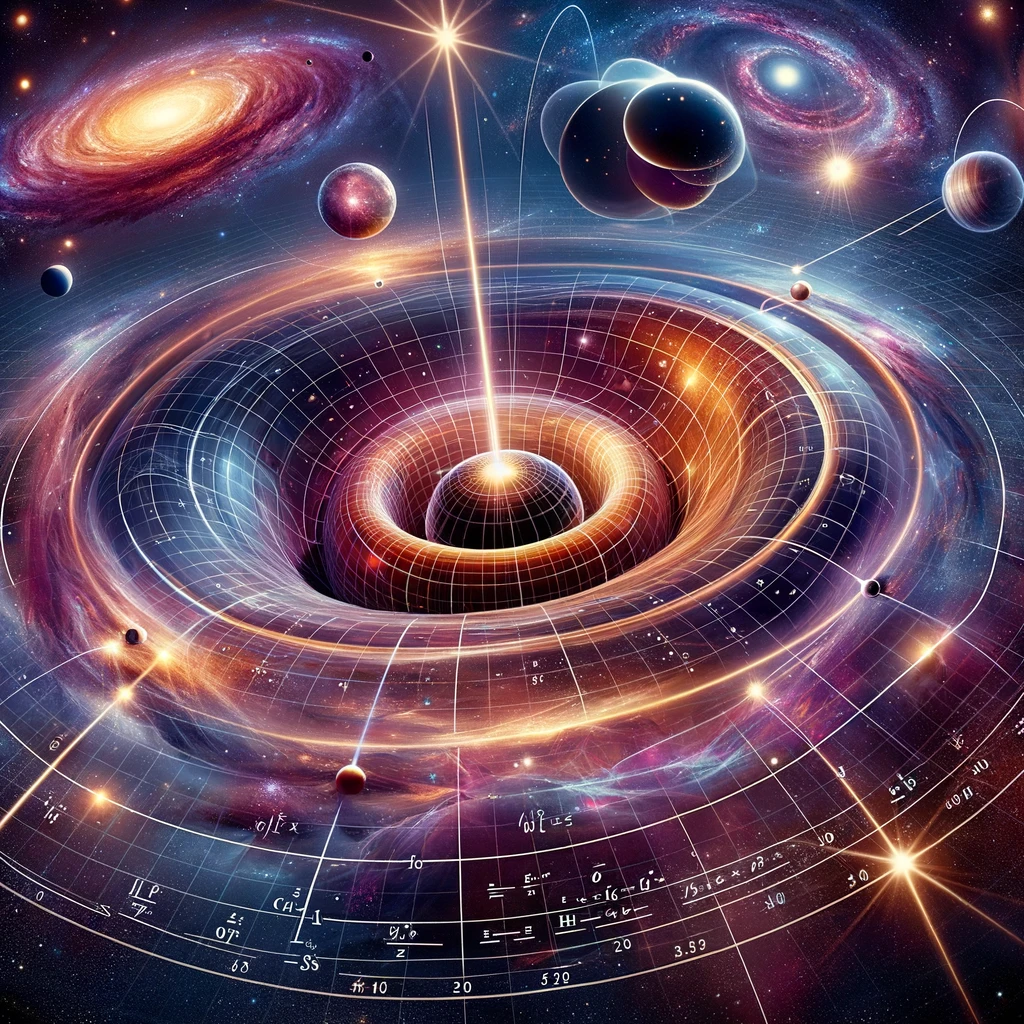
Quantum Time — The Discrete or Rational Domain
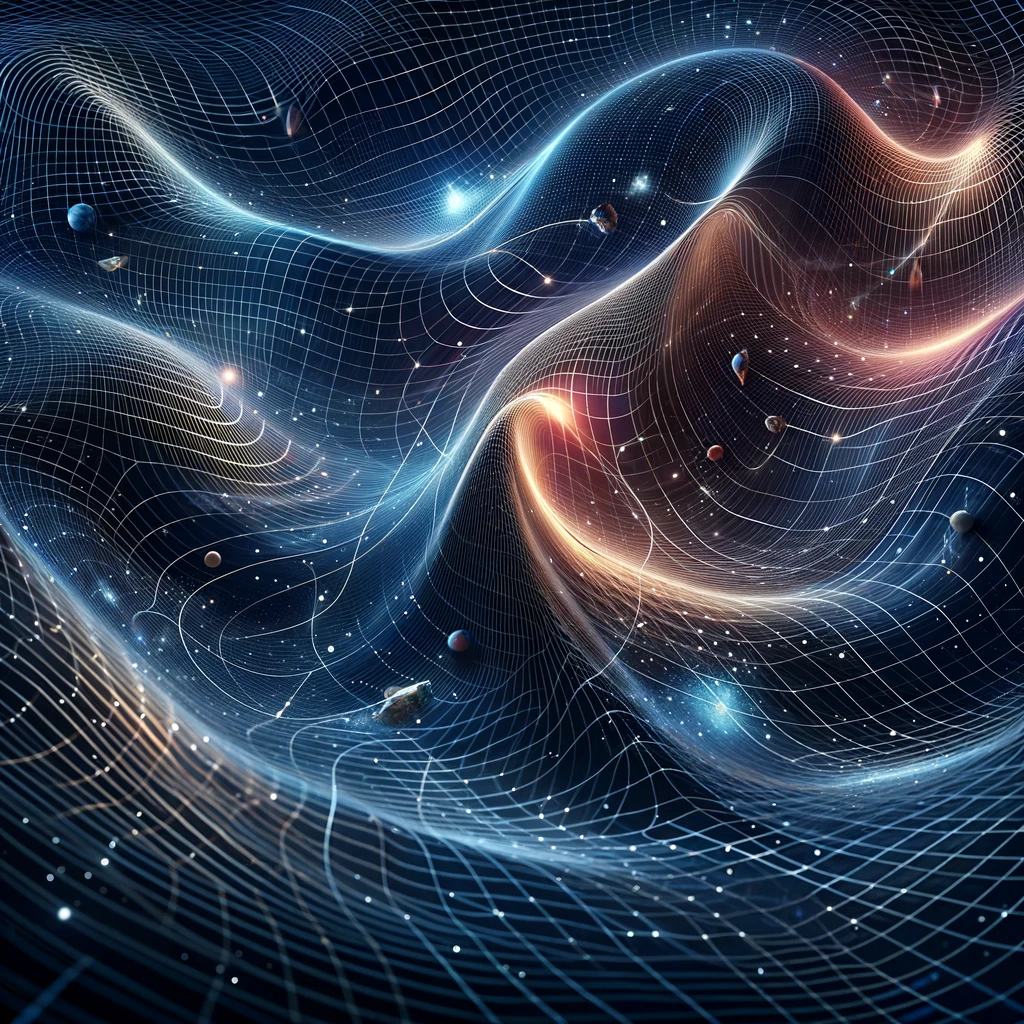
At quantum scales, the continuity of spacetime predicted by relativity may break down. Emerging models — including loop quantum gravity and causal set theory — suggest that spacetime and time itself are quantized, composed of discrete informational events rather than continuous variables.
Below the Planck time (~5.39 × 10⁻⁴⁴ s), the concept of “before” and “after” loses operational meaning; only correlations between quantum states remain. Time in this regime may not exist as a fundamental dimension but as a relational construct — an emergent ordering parameter arising from state transitions and information exchange.
In systems terms, quantum time represents the micro-scale clocking mechanism that defines the lower bound of temporal resolution for all macroscopic processes. It is stochastic, non-continuous, and event-driven — a probabilistic scheduler rather than a deterministic clock.
Cognitive & Philosophical Time — The Emergent Observer Framework
At the cognitive level, time functions as a constructive model of system state evolution — a synthesis of perception, memory, and prediction.
Human consciousness transforms discrete sensory inputs into a continuous temporal narrative, effectively creating the illusion of flow across a static spacetime landscape.
From an engineering standpoint, this constitutes the observer interface layer of the temporal system:
Input: dynamic environmental changes.
Process: neural integration and memory sequencing.
Output: subjective continuity, or the perception of “now.”
Philosophical models such as the block universe interpret time as a coordinate across which consciousness moves — or, conversely, as the byproduct of how observers parse the four-dimensional continuum into manageable states.
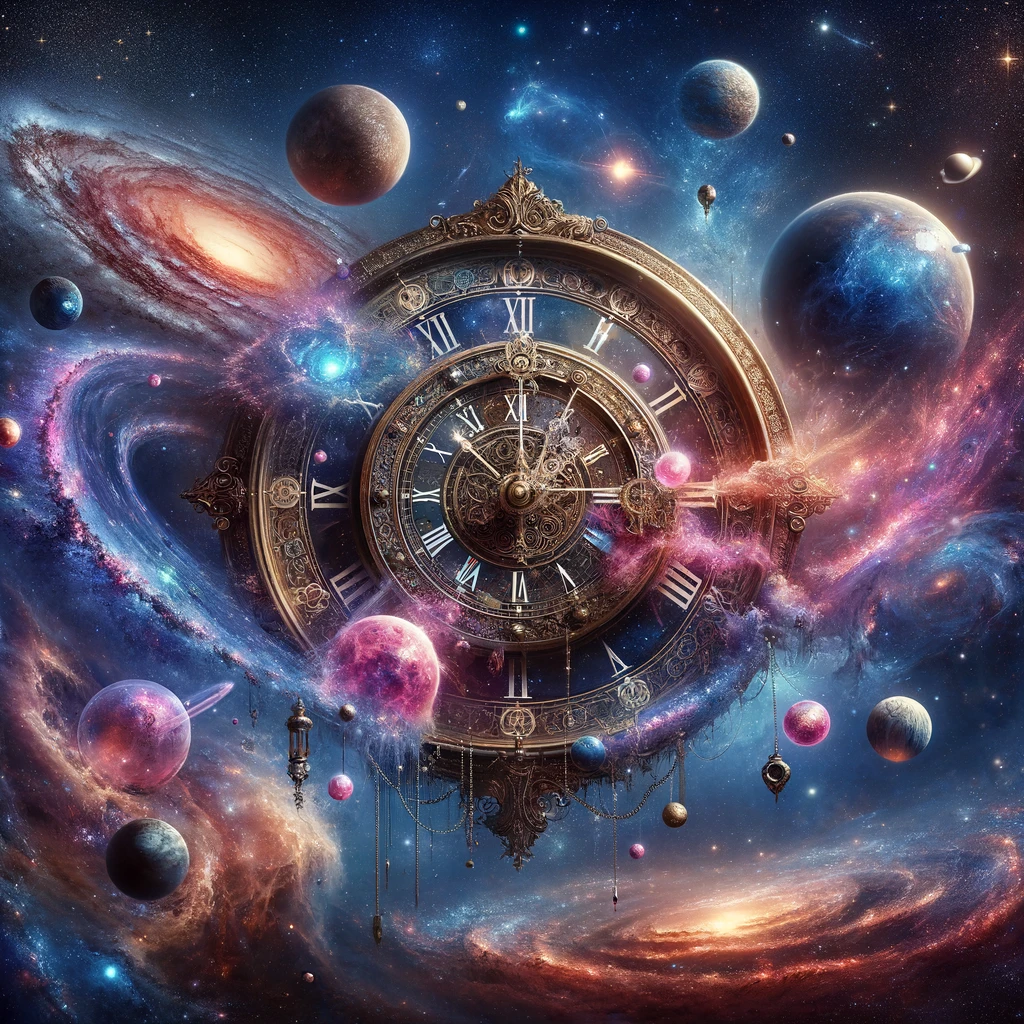
Integrative Time (Synthesis) — The Living Continuum
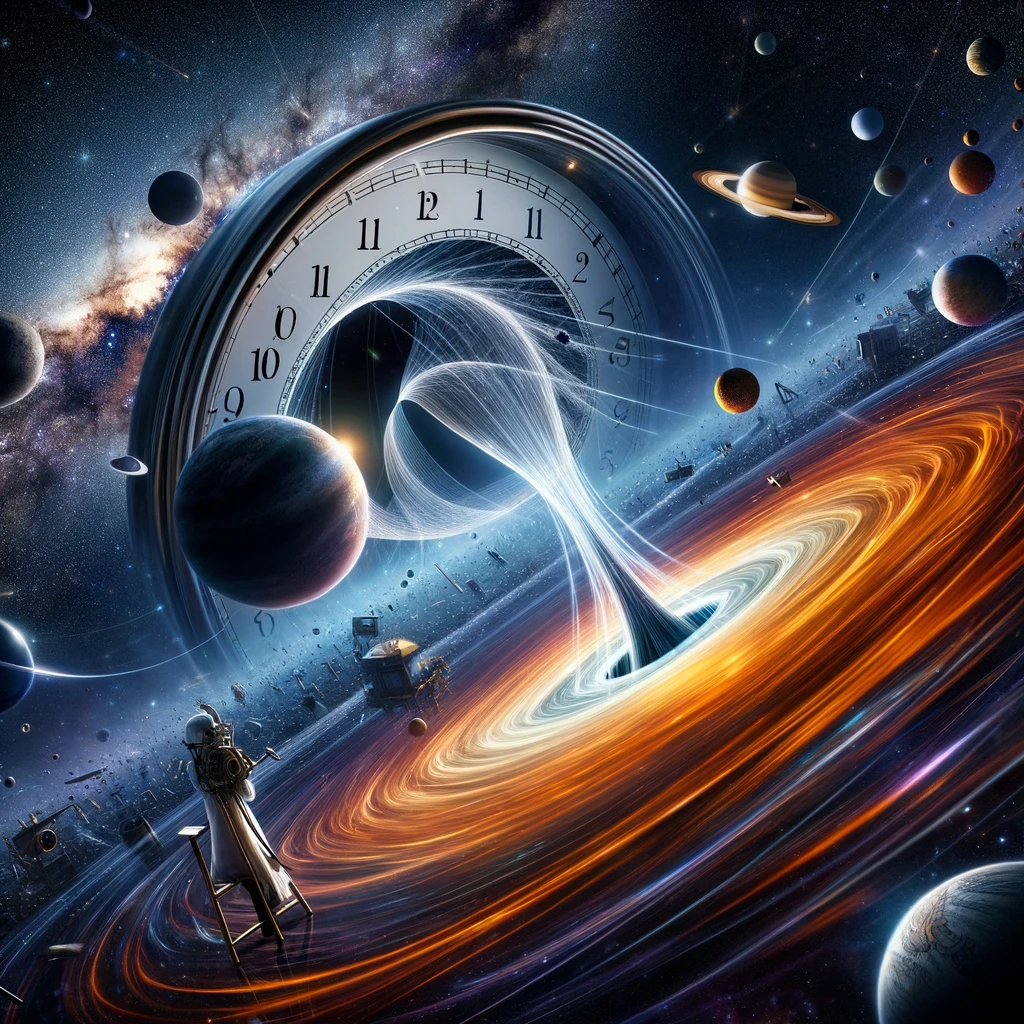
At the meta-systemic level, time emerges as a coupled variable linking geometry, energy, and information flow.
Relativity defines its structure, thermodynamics gives it direction, and cognition assigns it meaning.
In systems-engineering terms, time serves as the synchronization protocol of the universe — the dynamic coupling that maintains causal order among interacting subsystems while enabling entropy, evolution, and awareness.
Thus, time is not merely a parameter; it is an active integrative function through which the universe organizes state changes, mediates energy transfer, and enables complex systems to perceive their own evolution.
In the conversation between matter and geometry — between process and perception — time is the emergent language of interaction.
Multi-Layered Taxonomy of Time in Physical, Cognitive, and Philosophical Systems

You can think of time as a multi-layered system, where each layer operates at a different level of abstraction — from measurable physics to human cognition and philosophy.
| Layer / Domain | Type of Time | What It Describes | System Level |
|---|---|---|---|
| Physical / Relativistic | Coordinate & Proper Time | The measurable, geometric dimension of spacetime. Verified experimentally by relativity (e.g., satellite and atomic-clock data). | Physical infrastructure layer — governs synchronization of all subsystems. |
| Thermodynamic | Arrow of Time (Entropy) | The directionality of physical processes (irreversibility). | Energy-flow layer — establishes system irreversibility and degradation pathways. |
| Quantum / Emergent | Relational or Statistical Time | Time as an emergent property from changing quantum correlations or informational states. | Sub-structural layer — the “micro-timing” that gives rise to macroscopic order. |
| Biological / Cognitive | Psychological Time | The brain’s integration of sensory events and memory to produce a perception of flow and duration. | Control-system layer — governs behavioral pacing and feedback response. |
| Philosophical / Conceptual | Existential, Ethical, or Narrative Time | How conscious beings interpret change, purpose, and mortality. | Meta-system layer — the system’s self-modeling and meaning-assignment process. |
Systems-Engineering Interpretation
In systems terms:
Physical time defines the temporal architecture — the clock synchronization that allows causality.
Thermodynamic time defines the direction of process flow — why systems age, degrade, or evolve.
Quantum and emergent time define the granularity and stochasticity — how discrete state transitions accumulate into continuous change.
Psychological and philosophical time define the observer interface — how the system perceives and interprets its own temporal state.
Each layer depends on the one below it for structure and provides the one above it with context and meaning.
So, the “scientific” kinds of time (coordinate, proper, thermodynamic, quantum) describe how systems evolve.
The “philosophical” kinds of time describe how observers within those systems experience and assign significance to that evolution.
Both belong to the same hierarchy — physics builds the clock; consciousness reads the story written on its face.
